Iconographic guide to the saints
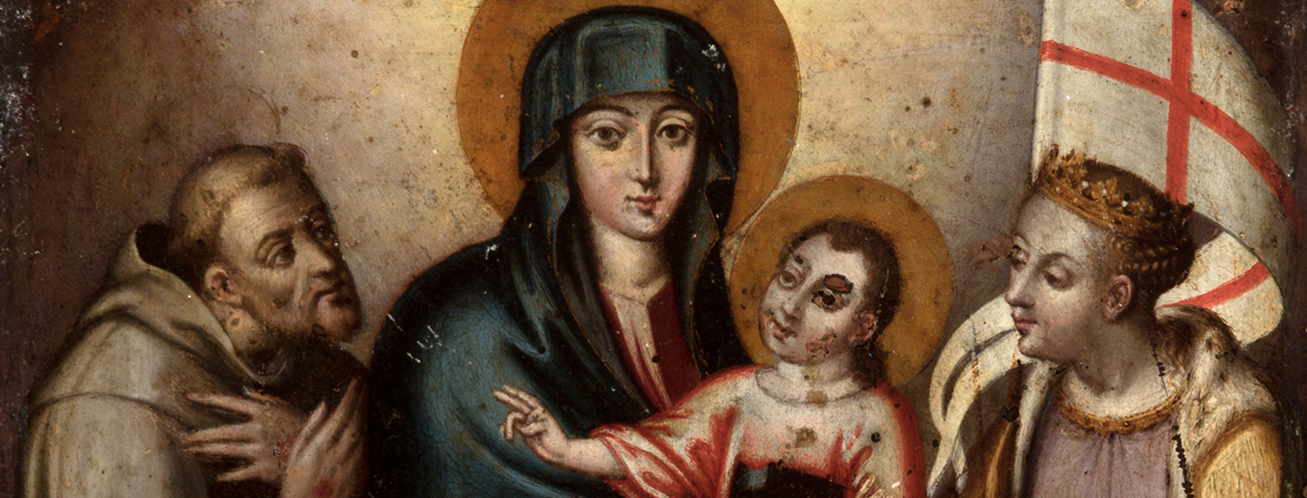
Iconography is, without a doubt, one of the most interesting branches in the history of art: etymologically referred to the language of icons, without it we would not be able to distinguish who is represented in a work, especially when it comes to medieval, Renaissance or Baroque works. . Figures are often recognizable by their accompanying attributes or objects, which to the attentive eye unequivocally indicate who they are.
In order to help our customers and fans better understand the characters in our works, we are providing you with this short guide to build a critical opinion.
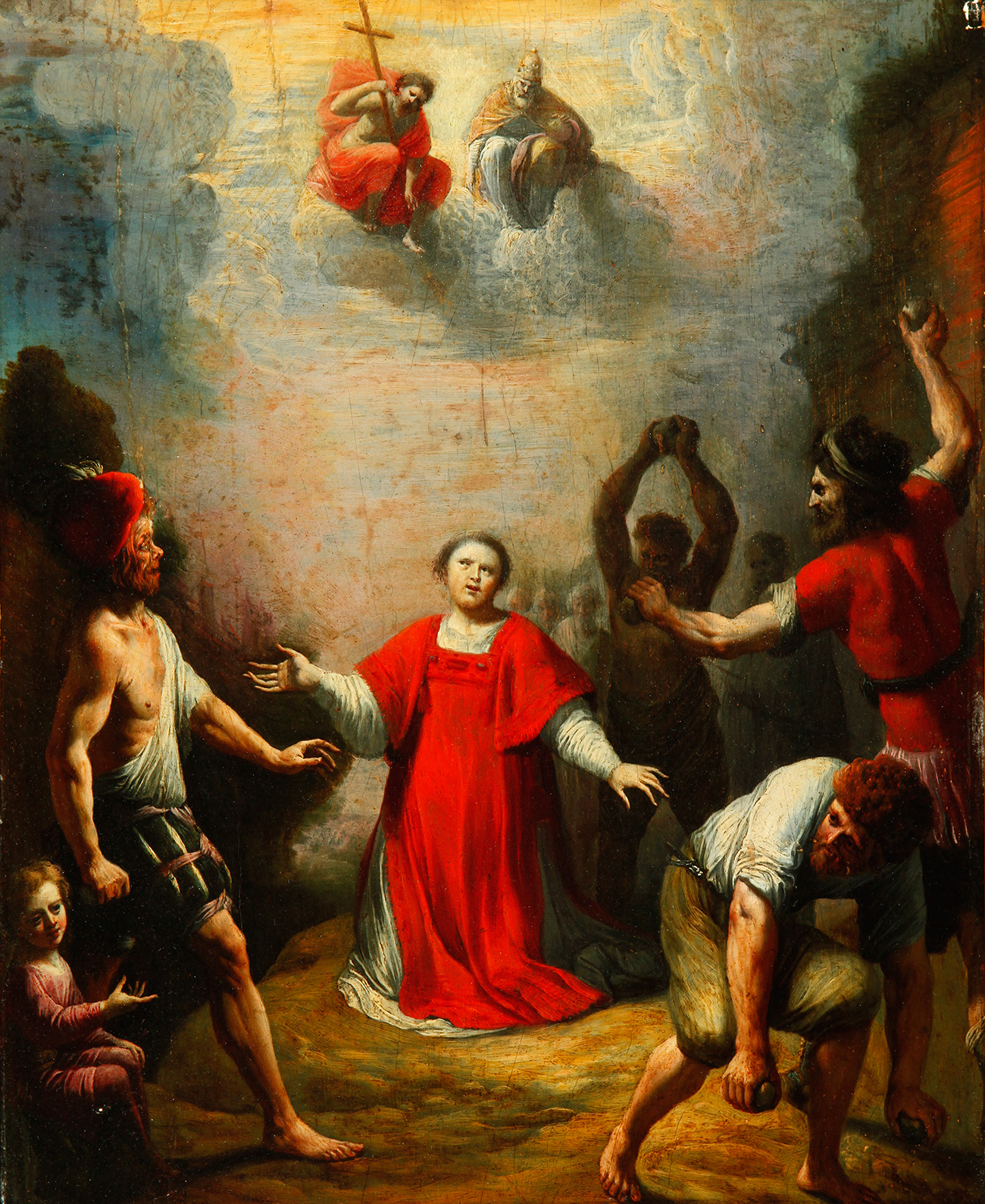
Saint Stephen He was a deacon and protomartyr of the Christian church, condemned to die by stoning for blasphemy. His iconography represents him during his sentence. Sometimes he simply portrays him holding stones or with a palm, both allusions to martyrdom.
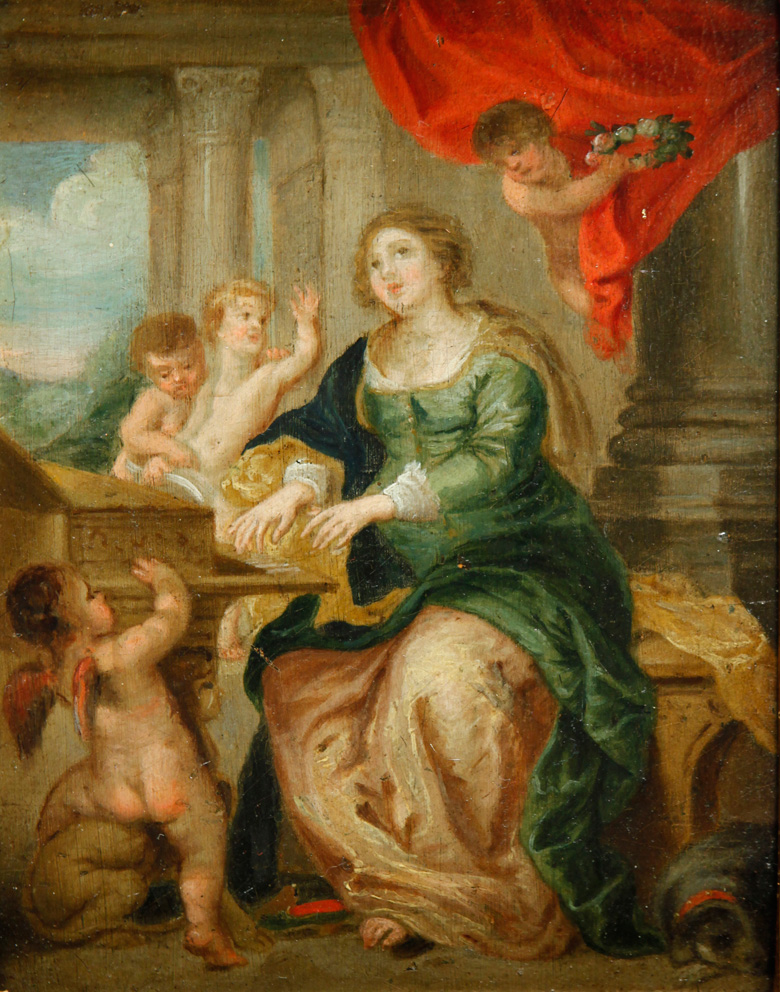
For the Christian church, Saint Cecilia She is the patroness of music, instrumentalists and singers, curiously, due to a translation error from Latin. Its attributes are usually the scores and small musical instruments, the organ being the most represented.
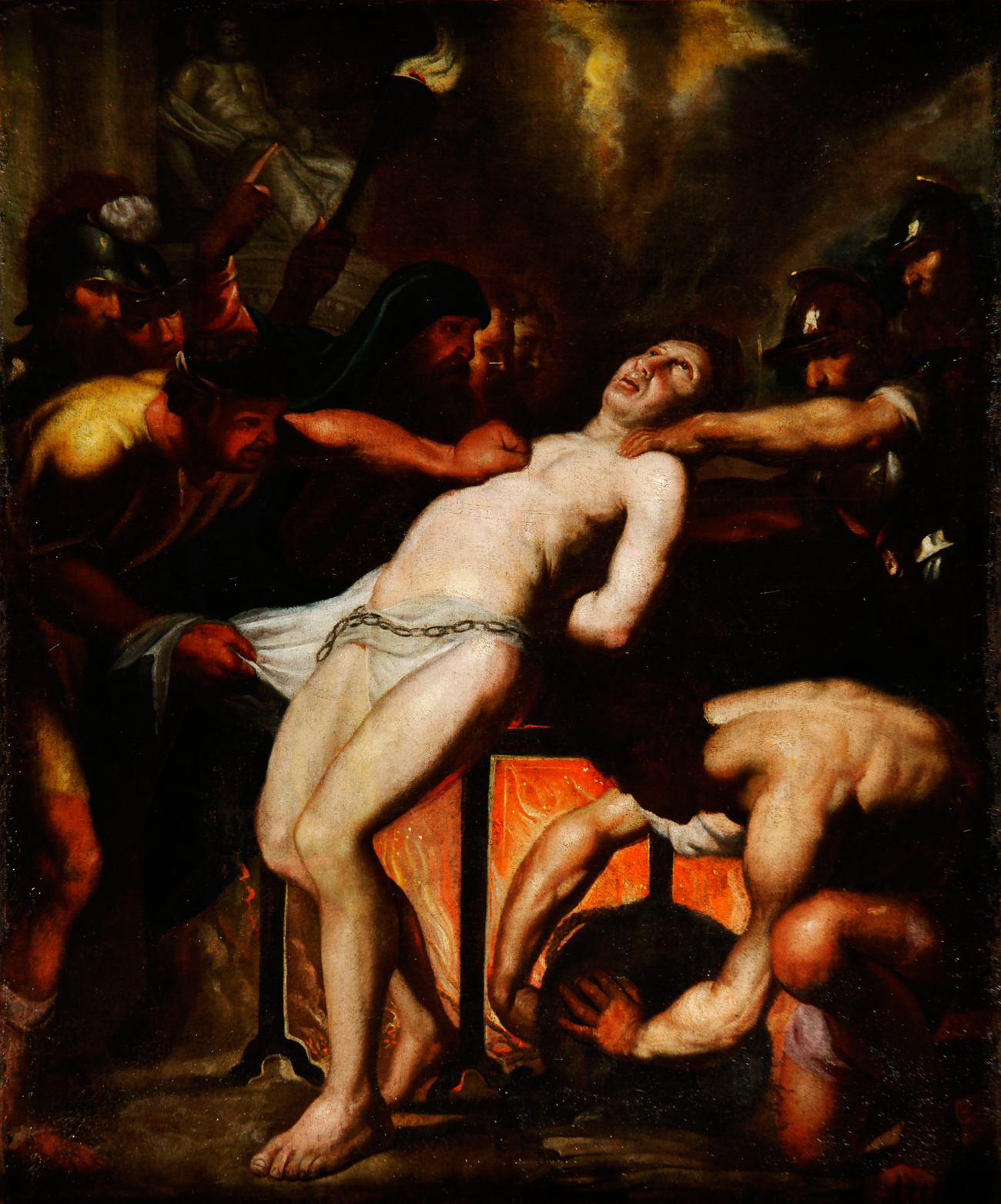
San Lorenzo he was one of the “favorite” saints in pictorial representations. According to Christian tradition, he was sentenced to atrocious martyrdom: the young man was slowly burned on the grill.
So his infallible attributes are the embers, the grill and his youthful beardless features. It is also usually accompanied by a purse, since it is said that it distributed the church’s treasure to the poor. The phrase that is said to have been pronounced over the embers, immovable by suffering, is famous: “They have roasted me around here, turn me around.”
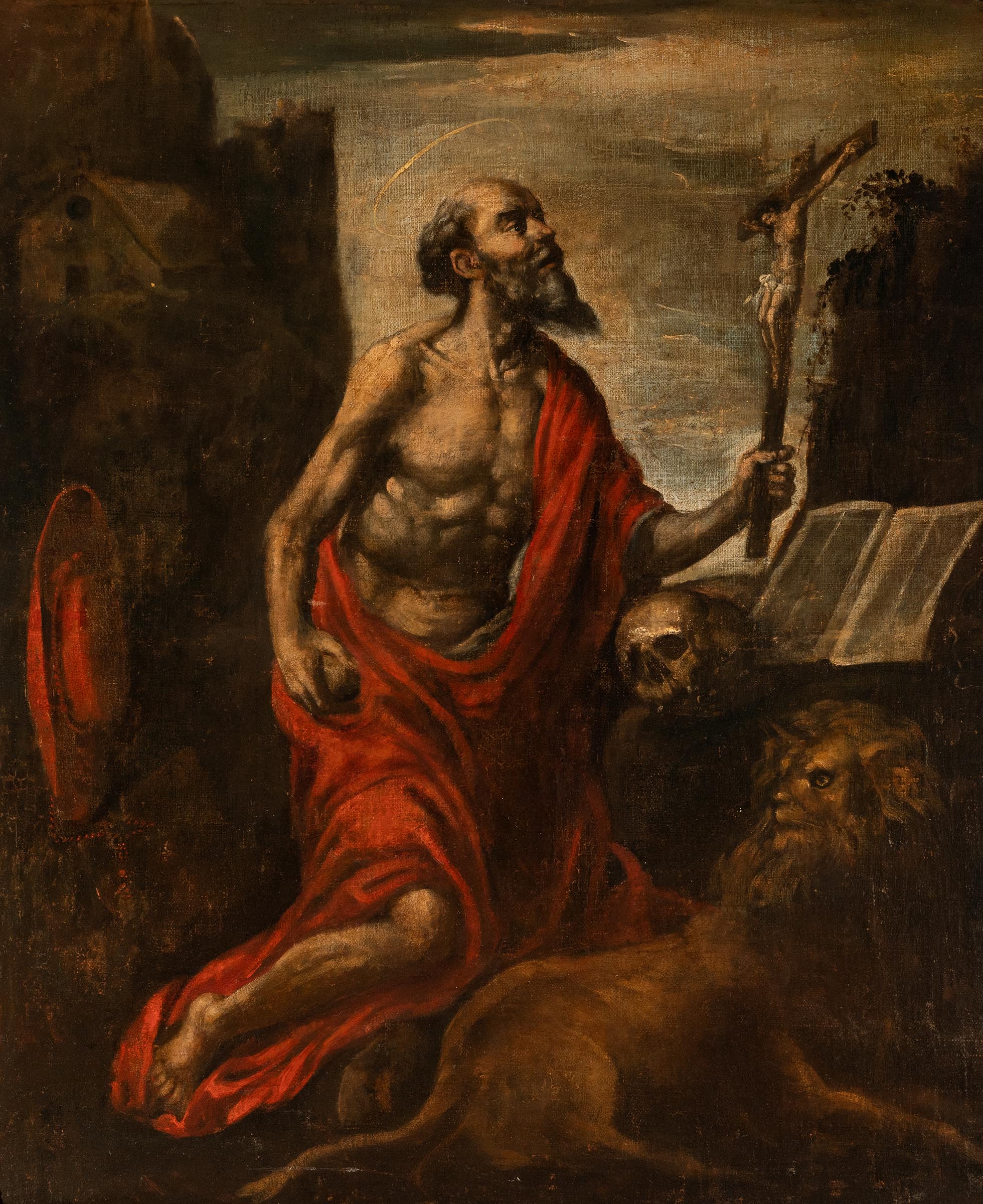
St Geronimo can boast of being one of the most popular sacred subjects for artists, whose myriad attributes make it extremely easy to recognize. He led his life as an anchorite (and that is why he is portrayed in the desert) dedicating himself to the translation and transcription of the Holy Scriptures (books are essential in performances). The lion is probably his best known attribute. He is generally represented as “San Jerónimo penitente”: thin, with a long beard and only a cloth on. Other times he is immortalized beating his chest with stones. He is often seen accompanied by a skull -symbol of the memento mori- and of the cardinal habit (although decidedly anachronistic).
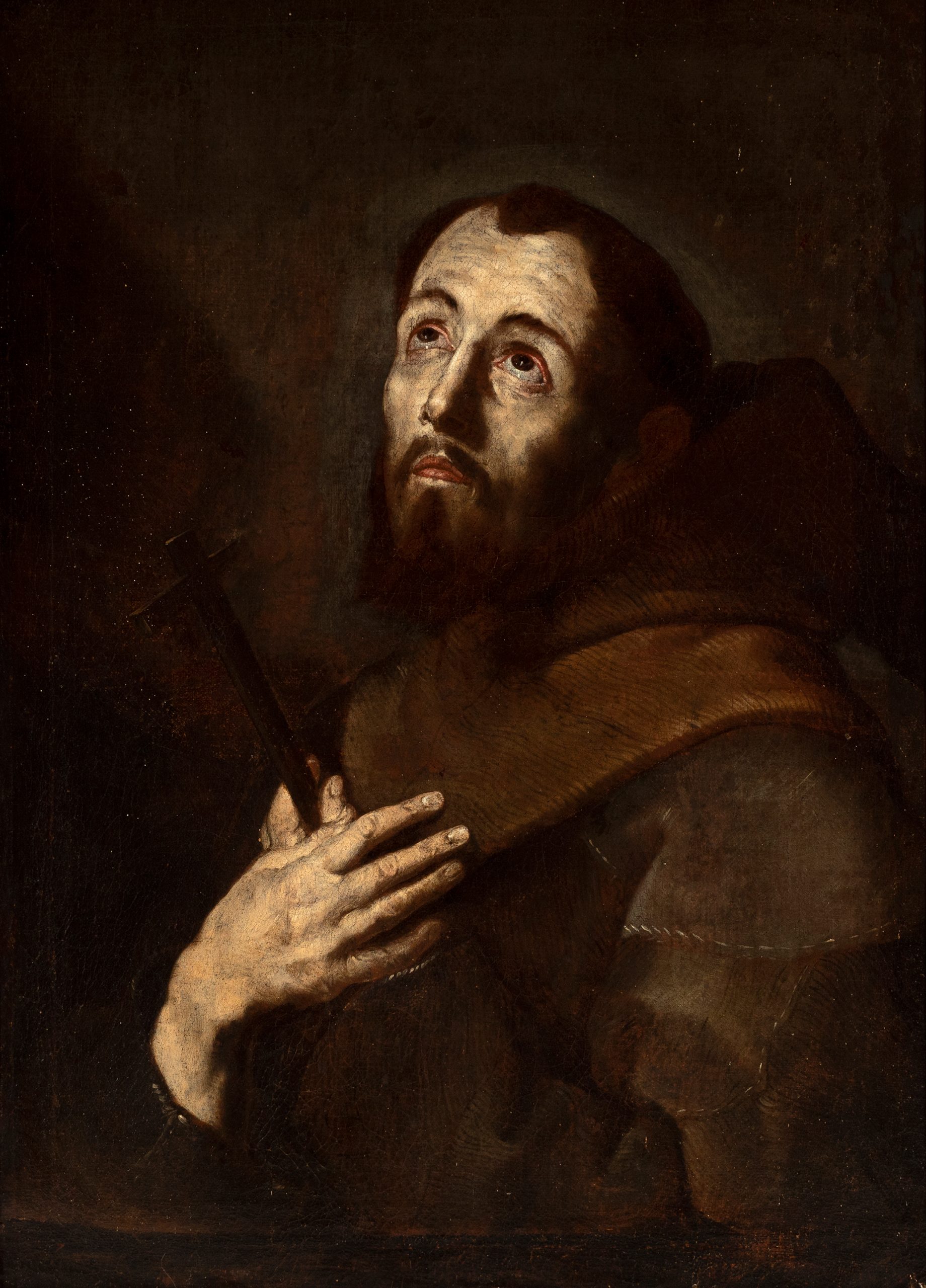
San Francisco , of noble origin, he chose to renounce all his earthly riches to give them to the most needy. He has many attributes: the Franciscan habit, which alludes to the monastic order he founded; the crucifix and the cord of the habit (often represented with three knots, like the three vows cast by the saint) or the stigmata on the hands and feet. His humble and penitent attitude is also an identifying trait.
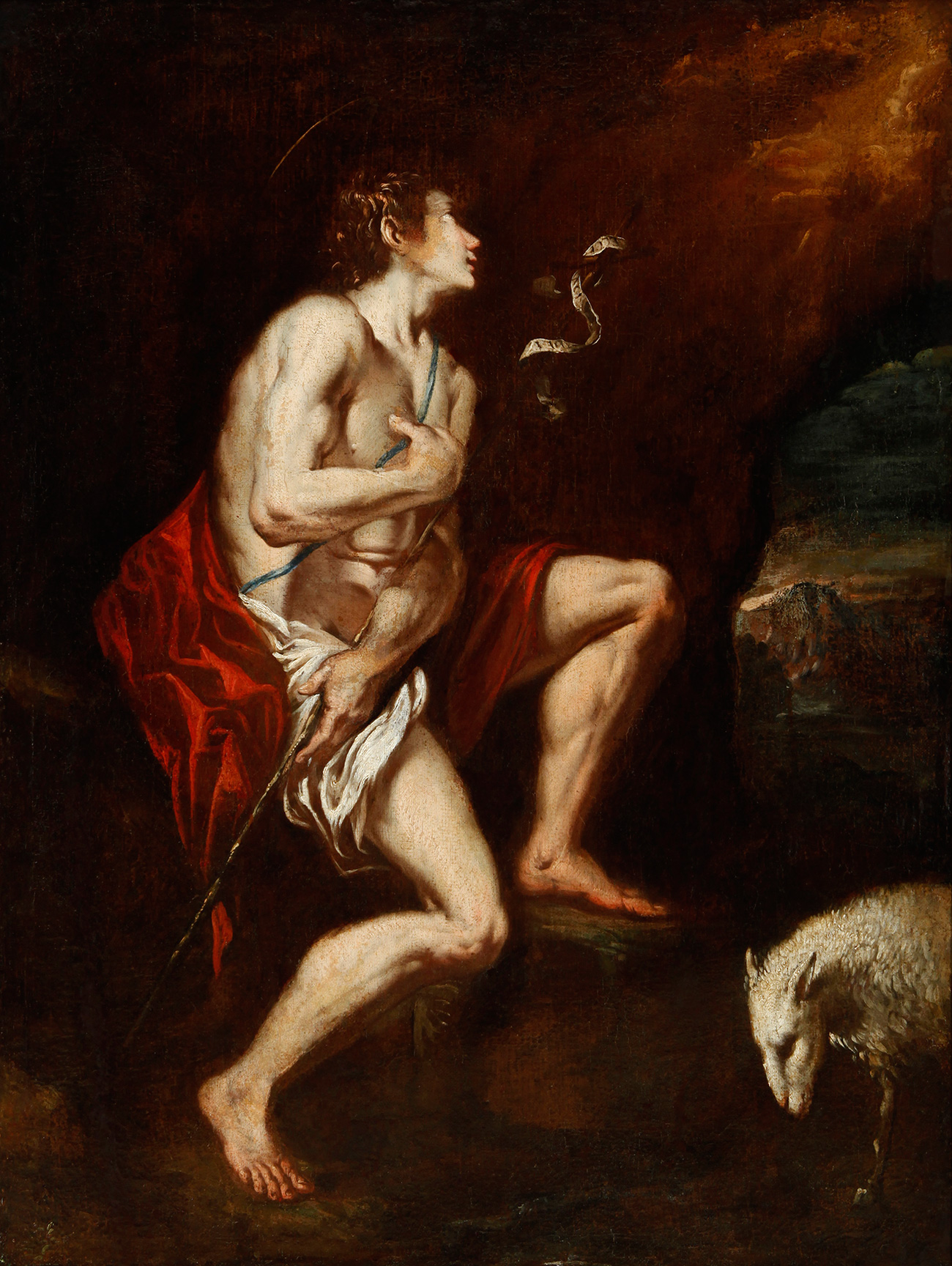
Saint John Baptist After a period of anacoresis, eating only honey and locusts, he embraced the path of preaching and instituted the sacrament of baptism on the banks of the Jordan River. Its most recurrent attribute is a very thin cross made of sticks and reeds and, at times, it is depicted dressed in furs. At his side there is always a lamb, in allegorical allusion to the passion of Christ, to the sacrifice of the agnus Dei.


